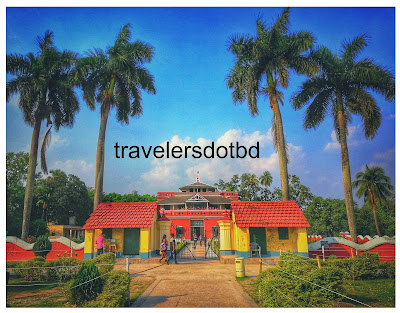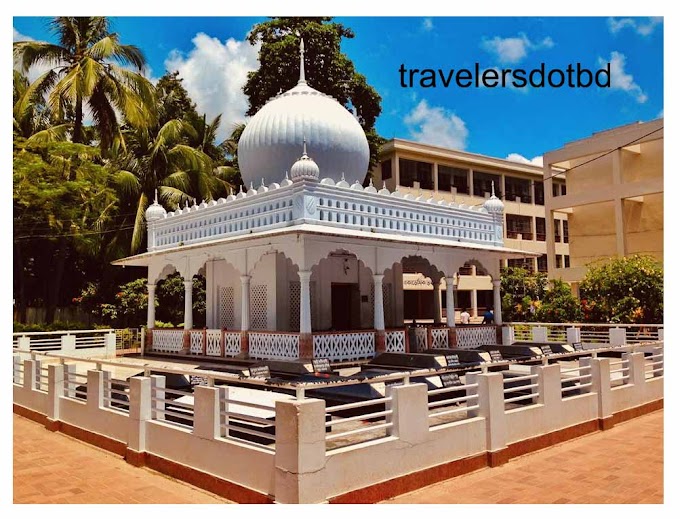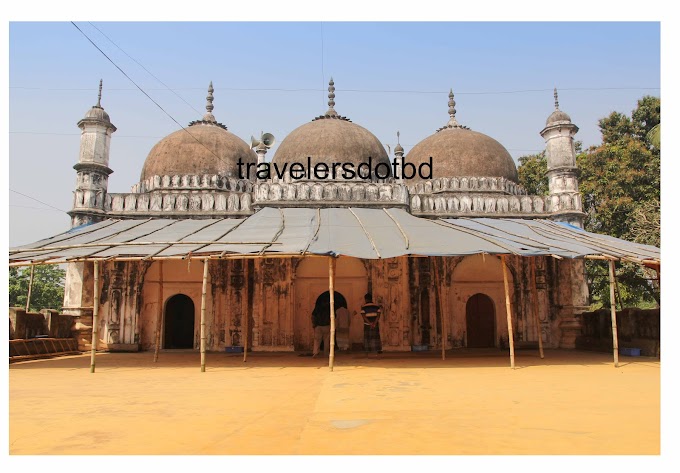Kushtia
 |
| Shilaidaha Kuthibari |
Overview
Kushtia has an undisputed reputation as the cultural capital of Bangladesh since time immemorial. However, there is disagreement among historians as to how the name 'Kushtia' came to be. The most supported opinion is found in Hamilton's Gazetteer. That is, Kushtia used to produce a lot of jute at one time. Jute was called ‘Koshta’ or ‘Kushti’ in the local language, from which the name Kushtia comes. According to some, Kushtia is named after the Persian word 'Kushtah' which means ash island. There is also an opinion that the city of Kushtia originated around the port of Kushtia during the reign of Emperor Shah Jahan.
In 1725, Kushtia was under the zamindari of Natore and its introduction came under the inclusion of the civil administration of Rajshahi Faujdari in Kandanagar Pargana. Later, the British East India Company annexed Kushtia to Jessore district in 1776. But in 1828 it became part of Pabna district. The Kushtia subdivision was established in 1861 due to the Blue Rebellion and in 1871 the Kushtia subdivision came under Nadia with Kumarkhali and Khoksa thanas. Before the partition of the Indian subcontinent, Kushtia was a subdivision under Nadia district. Kushtia district emerged in 1947. At that time Kushtia district consisted of 3 subdivisions. These are Kushtia, Chuadanga and Meherpur. When Chuadanga and Meherpur were separated as separate districts in 1984, the present Kushtia district was formed with 6 thanas of Kushtia subdivision.
This Kushtia art, which is intertwined with the memory of world poet Rabindranath Tagore, has enriched Bangladesh in literature and culture. Also the shrine of Mir Mosharraf Hossain and Baul emperor Lalon, the author of Bishad Sindhu, the home and grave of lyricist, composer and poet Azizur Rahman in the village of Haripur in old Kushtia Hatsh, the eminent poet Dad Ali, writer Mahmuda Khatun Siddique Songwriter Abu Jafar, former Prime Minister Shah Azizur Rahman, Kushtia's founder of literature and culture Kangal Harinath, blue rebel leader Pari Sundari, Swadeshi movement leader Bagha Yatin, engineer Kamrul Islam Siddiqui, musician Mohammad Abdul Jabbar, Farida Parveenya and many more.
Places of interest
Mir Mosharraf Hossain's real estate
Author: MASUM BILLAH



0 Comments